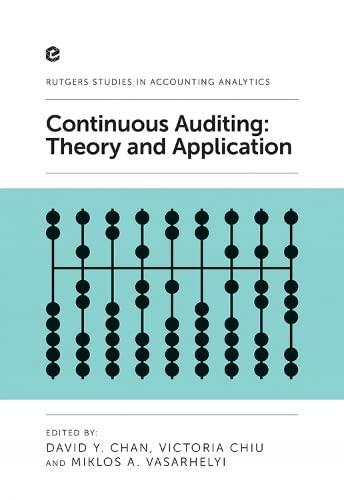
2. Standards 2.1. Describe the difference between a design-based standard and a performance-based standard. 2.2. Why might a performance-based standard be expected to generate lower abatement costs relative to a design-based standard in the short run? In the short run, the set of available abatement methods is fixed. 1 3. The U.S. Clean Air Act and Clean Water Act, and their equivalents in other modern developed economies, use performance-based standards as the primary mechanism for protecting air and water quality, respectively. Most economists mislabel performance-based standards as "command-andcontrol" regulation in which environmental agencies "command" polluters to "control" their pollution in certain ways. 3.1. Based on your answers to Question 2, please describe why this mislabeling distorts the policy analysis. 3.2. Explore whether this mislabeling extends beyond economists. 4. One polluting firm faces an effluent limit. If the firm exceeds the limit, a regulatory agency imposes a penalty for this effluent limit violation. This penalty should induce the firm to comply with the effluent limit. Construct a graph that captures the penalty's ability to induce compliance. 2. Standards 2.1. Describe the difference between a design-based standard and a performance-based standard. 2.2. Why might a performance-based standard be expected to generate lower abatement costs relative to a design-based standard in the short run? In the short run, the set of available abatement methods is fixed. 1 3. The U.S. Clean Air Act and Clean Water Act, and their equivalents in other modern developed economies, use performance-based standards as the primary mechanism for protecting air and water quality, respectively. Most economists mislabel performance-based standards as "command-andcontrol" regulation in which environmental agencies "command" polluters to "control" their pollution in certain ways. 3.1. Based on your answers to Question 2, please describe why this mislabeling distorts the policy analysis. 3.2. Explore whether this mislabeling extends beyond economists. 4. One polluting firm faces an effluent limit. If the firm exceeds the limit, a regulatory agency imposes a penalty for this effluent limit violation. This penalty should induce the firm to comply with the effluent limit. Construct a graph that captures the penalty's ability to induce compliance







